For many women, menstrual cycles bring more than just cramps and mood swings—bloating and water retention can make even comfortable clothes feel restrictive. While reaching for caffeine or salty snacks might seem tempting, emerging research suggests a gentler solution: low-intensity circuit training (LICT). This approach combines rhythmic movement with minimal joint stress, creating a unique hormonal and circulatory response that may alleviate period-related swelling without exacerbating fatigue.
The science behind menstrual edema reveals a complex interplay between estrogen dominance, prostaglandin fluctuations, and vascular permeability. As progesterone levels drop premenstrually, blood vessels become more porous, allowing fluid to seep into extracellular spaces—particularly in the abdomen, breasts, and extremities. Traditional high-intensity workouts can actually worsen this through cortisol spikes and inflammatory responses. LICT operates differently, using sustained mild exertion (think 40-60% maximum heart rate) to stimulate lymphatic drainage while avoiding the inflammatory cascade of strenuous exercise.
Three-phase breathing forms the foundation of effective LICT for bloating relief. Unlike the shallow chest breathing common in spin classes or HIIT sessions, practitioners inhale deeply through the nose for four counts, hold gently for two, then exhale through pursed lips for six counts. This respiratory pattern activates the parasympathetic nervous system, which reduces aldosterone—the hormone responsible for sodium and water retention. When synchronized with movement, it creates a pumping action that mobilizes trapped fluids toward the kidneys for elimination.
Equipment selection plays a surprisingly pivotal role in maximizing benefits. Resistance bands with less than 15 pounds of tension allow continuous muscle engagement without causing microtears that trigger inflammation. Water-based workouts take this further—aquatic pressure provides natural compression against edema while the water’s resistance enables 360-degree movement patterns that enhance lymph flow. Many women report greater relief from 20 minutes of aquatic LICT than from land-based routines twice as long.
Nutritional timing around workouts amplifies the anti-edema effects. Consuming potassium-rich foods like bananas or sweet potatoes 90 minutes before training helps establish favorable electrolyte gradients. Post-session, tart cherry juice provides anthocyanins that modulate prostaglandin PGE2 (a key mediator in period-related swelling) without the gastric irritation caused by NSAIDs. This nutritional synergy allows the exercise benefits to extend beyond the workout window.
Circadian biology influences LICT’s effectiveness—late afternoon sessions (3-5 PM) coincide with natural cortisol dips and lymph flow peaks. The body’s interstitial spaces are primed for fluid mobilization during these hours, making movements more effective at reducing bloating. Morning sessions, while still beneficial, may require longer warm-up periods to achieve comparable hydrational shifts.
Tracking progress requires different metrics than conventional fitness. Rather than monitoring weight (which fluctuates wildly during menstruation), circumferential measurements of swollen areas taken at consistent times provide more meaningful data. Many women discover that combining LICT with manual lymphatic drainage techniques before bed creates cumulative effects—nighttime fluid processing appears enhanced when preceded by appropriate daytime movement.
The psychological component proves equally vital. Unlike punishing workouts that frame the body as something to control, LICT encourages working with cyclical changes. This mindset shift reduces stress-induced water retention—a study in the Journal of Psychosomatic Obstetrics found women who approached cycle symptoms with self-compassion showed 23% less edema than those with negative body attitudes, regardless of exercise regimen.
As research evolves, the connection between gentle movement and hormonal balance grows clearer. While LICT won’t eliminate period symptoms entirely, its dual action on physiological fluid dynamics and stress pathways offers a drug-free path to greater comfort. The key lies in consistency—performed 3-4 times weekly across cycles, many practitioners report progressive reduction in both the intensity and duration of menstrual edema over successive months.

By /Jul 18, 2025
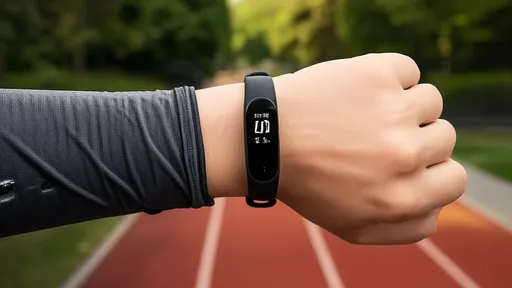
By /Jul 18, 2025

By /Jul 18, 2025

By /Jul 18, 2025
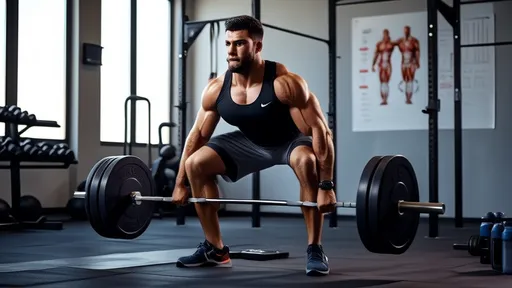
By /Jul 18, 2025

By /Jul 18, 2025

By /Jul 18, 2025

By /Jul 18, 2025
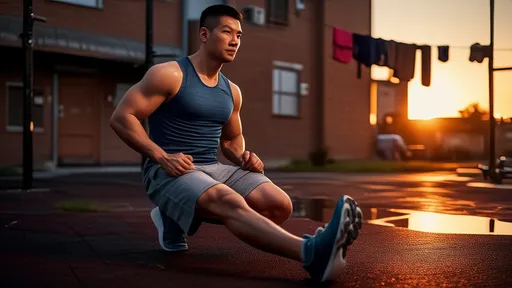
By /Jul 18, 2025

By /Jul 18, 2025

By /Jul 18, 2025

By /Jul 18, 2025
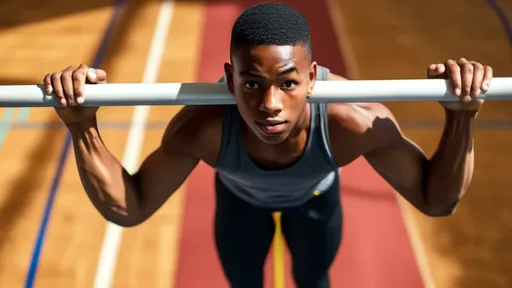
By /Jul 18, 2025

By /Jul 18, 2025
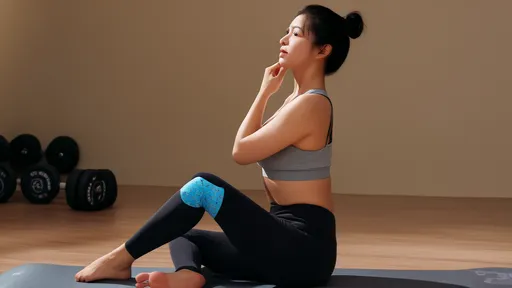
By /Jul 18, 2025

By /Jul 18, 2025
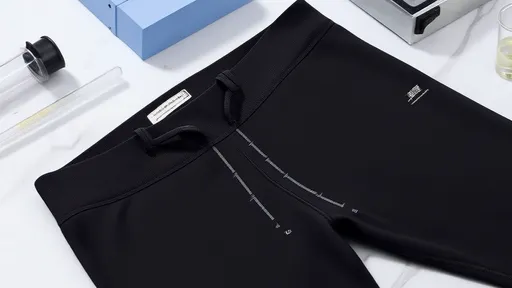
By /Jul 18, 2025

By /Jul 18, 2025